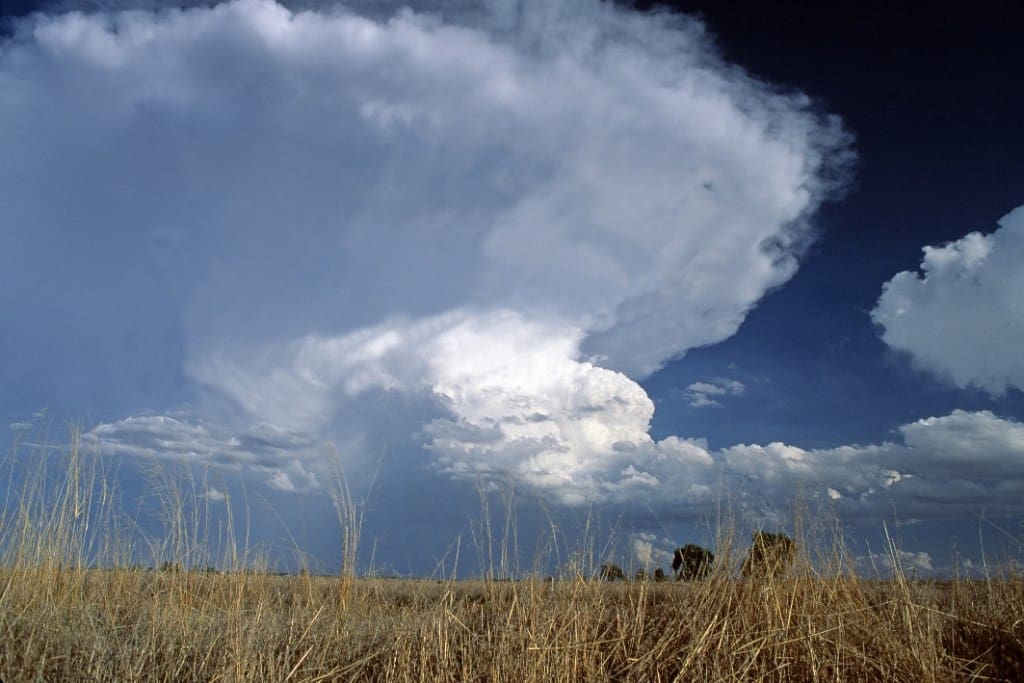
A WEAKENING La Niña weather pattern may continue to influence global weather and climate, the Bureau of Meteorology said today.
In its latest Climate Driver Update today, the bureau said the 2021–22 La Niña event has weakened slightly in the tropical Pacific over the past fortnight.
Climate outlooks indicate a return to neutral El Niño–Southern Oscillation (ENSO) levels — neither La Niña nor El Niño — late in the Southern Hemisphere Autumn.
The bureau said atmospheric and oceanic indicators of ENSO persist at La Niña levels. Sea surface temperatures remain cooler than average along the equator, but have warmed slightly in the east as previously strong trade winds have eased in strength. Other indicators remain at La Niña levels, with decreased cloudiness persisting along the Date Line and a positive Southern Oscillation Index (SOI), the bureau said.
La Niña events increase the likelihood of tropical cyclones within the Australian region, as well as increasing the chances of above average rainfall across large parts of eastern Australia during autumn.
The bureau said in recent days, the Madden–Julian Oscillation (MJO) entered the Maritime Continent longitudes, but has weakened considerably. Climate models indicate the MJO is likely to remain weak, having little influence on tropical weather and climate in the coming fortnight.
The Southern Annular Mode (SAM) index has recently been positive. It is forecast to generally remain neutral over the coming three weeks. A neutral SAM has little influence on Australian climate, the bureau said.
The Indian Ocean Dipole (IOD) is also neutral and typically has little influence on global climate patterns from December to April due to the influence of the monsoon. Outlooks for the IOD indicate a neutral IOD is most likely for the remainder of Autumn. Model outlooks have low accuracy beyond this time, the bureau said.
However, the bureau said climate change continues to influence Australian and global climate. Australia’s climate has warmed by around 1.47 °C for the 1910-2020 period.
Rainfall across northern Australia during its wet season (October-April) has increased since the late 1990s. In recent decades there has been a trend towards a greater proportion of rainfall from high intensity short duration rainfall events, especially across northern Australia, the bureau said.
Source: BOM.

HAVE YOUR SAY